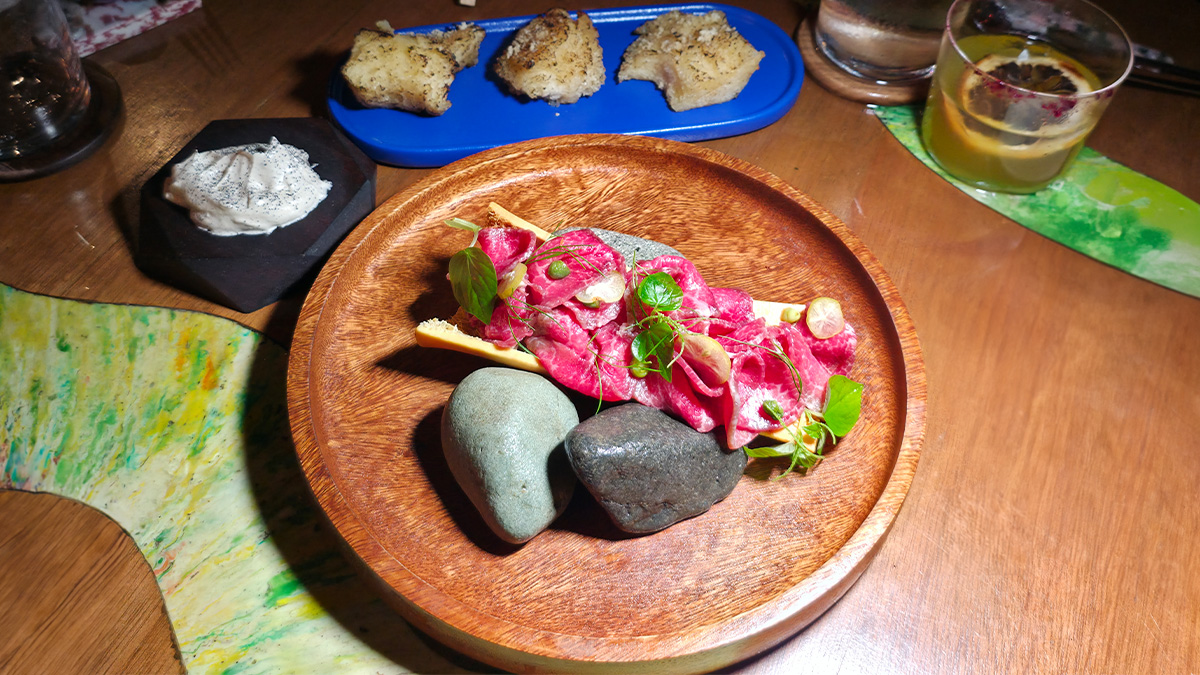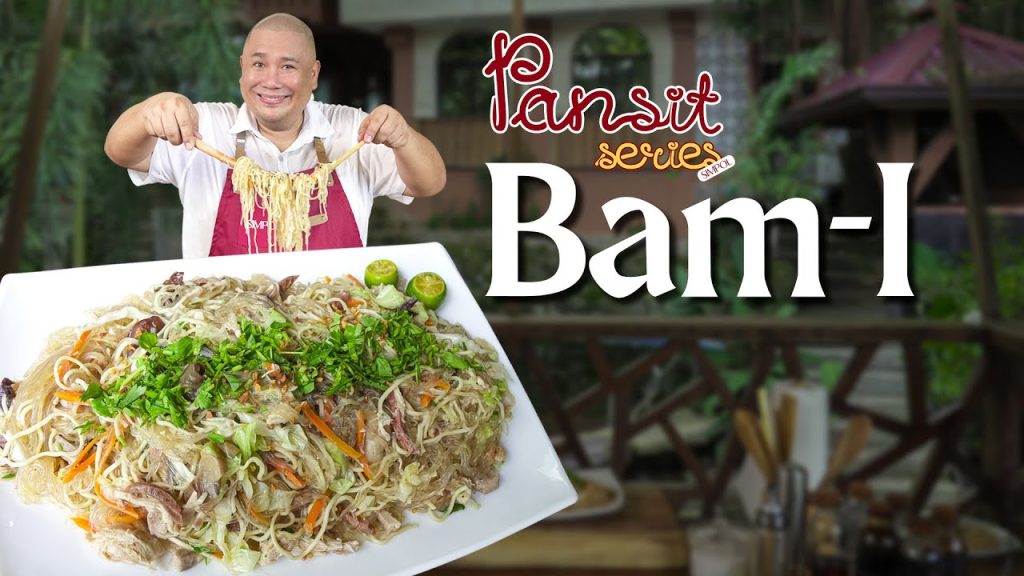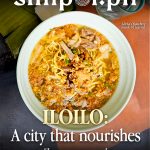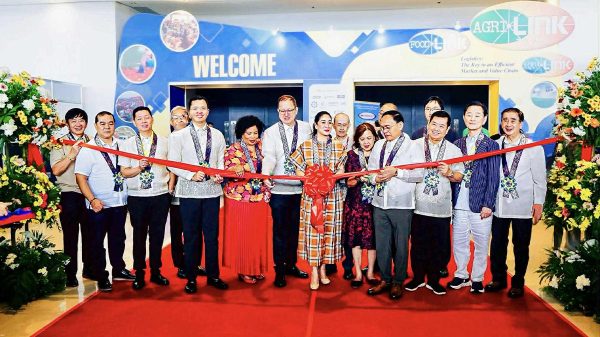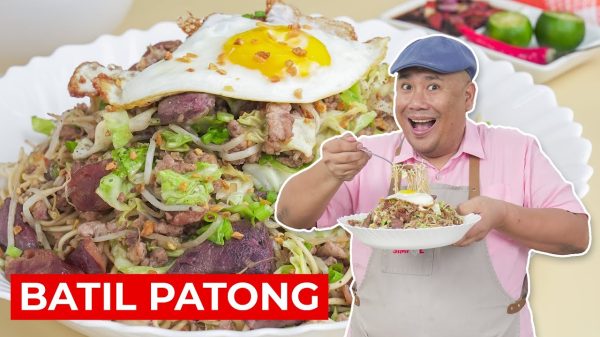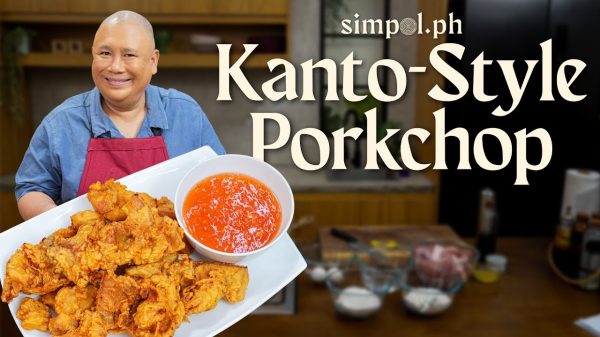The plane touched down in Siargao just as the morning sun lit up coconut groves and rice paddies. We had flown in on a new Philippine Airlines direct flight from Clark, a route that makes the island easier to reach.
Most travelers come here for the waves. We came hungry—and found an island quietly rewriting its story through food.
Siargao may be best known as the Surfing Capital of the Philippines, but beyond its reef breaks lies another narrative—one told through farms, kitchens, and a community of chefs and farmers reshaping what the island can taste like.
That story came alive last week at the first-ever Siargao Food and Wine Festival, when local producers, Filipino chefs, and international collaborators gathered to talk, cook, and imagine. Among the highlights was Kaos Table Volume 004, staged at Roots in General Luna. More than a dinner, it became an immersive experiment: ingredients hung like curtains, dishes layered memory with research, and even fermenting was shared among guests.
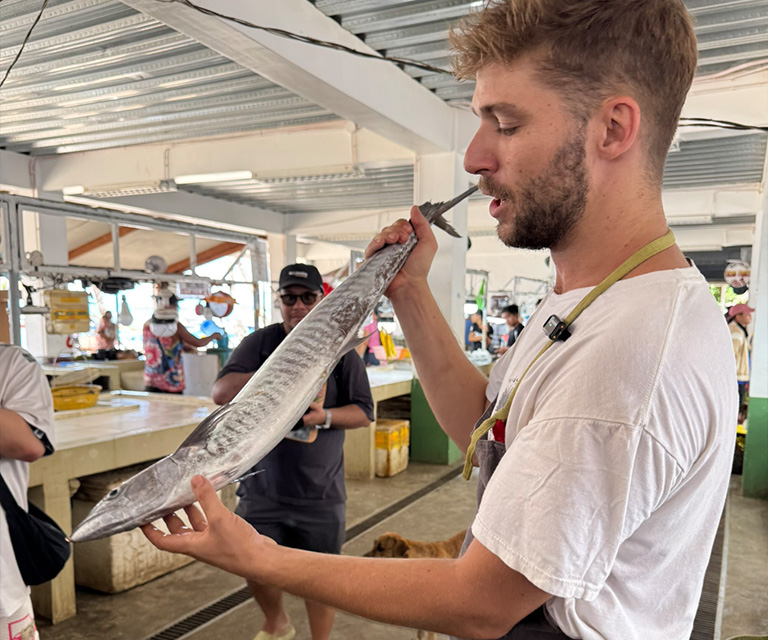
Beyond the Surf
The past few years tested Siargao. The pandemic stalled travel and emptied its beaches. Then in 2021, Super Typhoon Odette tore across the island, uprooting trees and collapsing homes. Nearly every family was affected.
Rebuilding wasn’t about going back. It became about imagining something better—with resilience, and with a global community helping shape the next chapter.
Unlike Boracay, just 10 km², Siargao stretches across 437 km². Its size gives it more than beaches. Behind the surf lie fertile fields and farms. In recent years, dialogue between chefs, restaurants, and markets has reshaped what farmers plant and grow.
Farmers are diversifying steadily. With new demand from restaurants and government support, the range of produce has expanded. In January, the Department of Agriculture distributed fertilizer vouchers to more than 2,500 farmers across eight municipalities—nearly 900 hectares of rice fields supported in one season. For an island once known only for coconuts and surf, it signals a future imagined from the soil up.
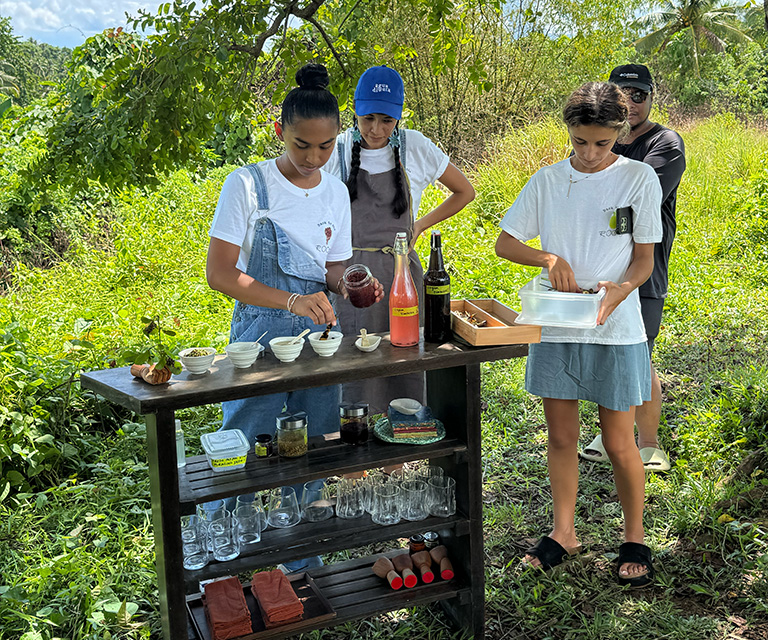
From Peru to Siargao
Roots traces its beginnings to Peru, at Central, a restaurant that transformed global dining by mapping landscapes onto the plate. Each course was built around altitude—coastal ingredients at sea level, mountain herbs from the Andes, Amazonian produce from deep forests. It showed the world that fine dining didn’t need imported luxury; it could tell the story of a country through its own ecosystems.
Chefs Inés Castañeda and Filippo Turrini trained at Central, where food was treated as both research and memory. In 2023, the restaurant was named the No. 1 in the world, and millions of viewers came to know its philosophy through Netflix’s Chef’s Table.
Together with Marina Castañeda, Ricardo de Sousa, Daan Overgaag, and Diogo Miranda, they carried that lesson forward. As Casa Kaos—a collective of chefs and creatives from Spain, Italy, the Netherlands, Mexico, and Peru—they chose Siargao as their common ground. What they had practiced in Peru—reading a place through its ingredients—they now bring to the Philippines, with Siargao’s soil, seas, and storms as their living text.
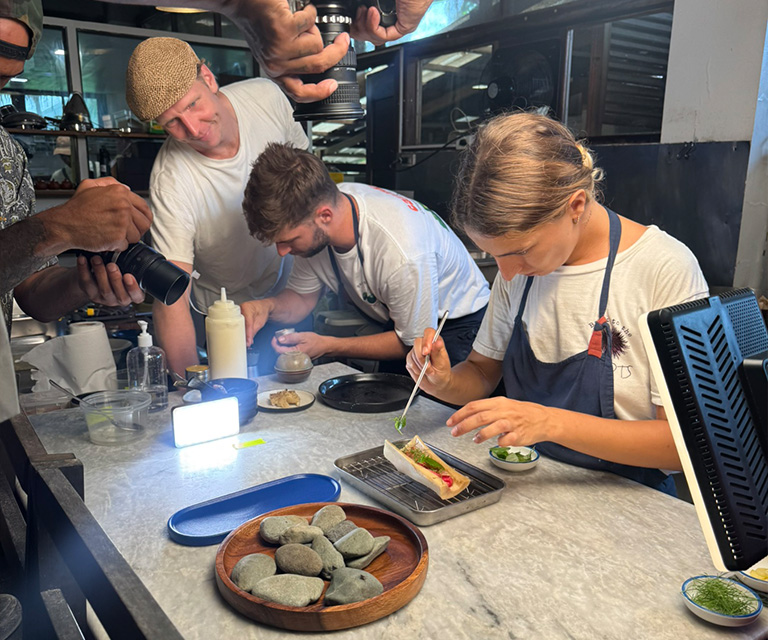
Meeting the Ingredients
Roots thrives on reframing the ordinary.
Take adlai, a grain long overlooked in favor of rice but now finding its place on modern Filipino tables. Resilient in poor soil and rich in texture, it’s become a quiet symbol of what Siargao’s farms can offer beyond coconuts.
Beside it is inyam, a pioneer tree that fruits only twice a year. Melbourne-based food scientist Kat Cortez first mistook it for alagaw from her childhood in Pampanga. “I rubbed the leaves between my fingers and the scent was faint,” she said. “That’s when I knew it was something else.” For Manang Janice, who tends the farm where inyam grows, the tree was simply part of the hills. For Roots, it became proof that the ordinary can carry untapped possibilities.
And then there’s bubod, yeast cakes from Ifugao, carrying centuries of mountain fermentation into today’s kitchen.
Anthropologist Daan Overgaag put it best: “When you go to the farm, a producer can show you a plant and suddenly you understand it differently. That’s how knowledge becomes alive.”
Through collaboration and experimentation, these ingredients—adlai, inyam, bubod—became more than pantry staples. They became a collective voice, telling Siargao’s story in new ways.
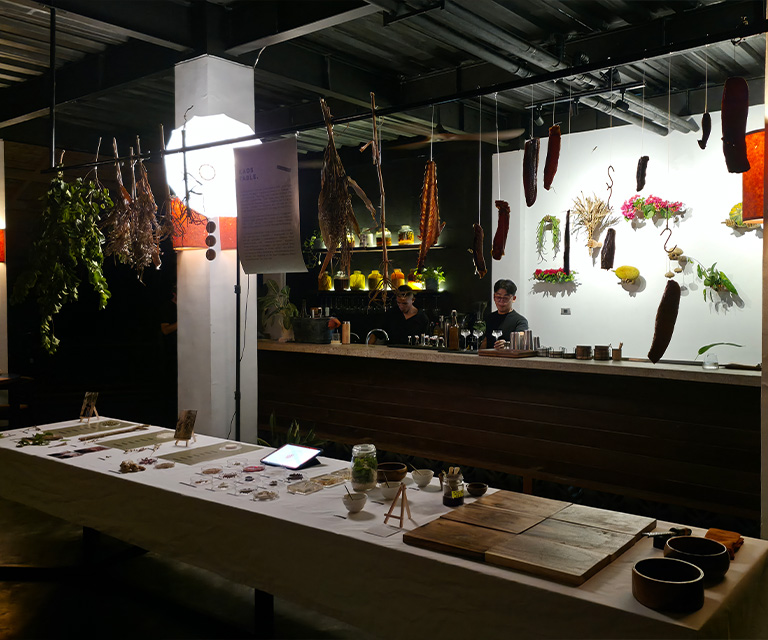
Markets, Tides, and Discovery
At the seafood market in General Luna, we saw how Siargao shapes its menus differently. “Here, it’s the tides and the catch that set the rhythm—not a schedule,” Chef Filippo said.
That unpredictability defines Roots. What you eat depends on what the ocean yields and what the soil offers that week. For the team, discovery is not a disruption but a starting point.
That morning, Filippo bought a just-landed tanigue and prepared a ceviche on the spot. For us, the connection was immediate: Peru’s ceviche meeting our own kinilaw.
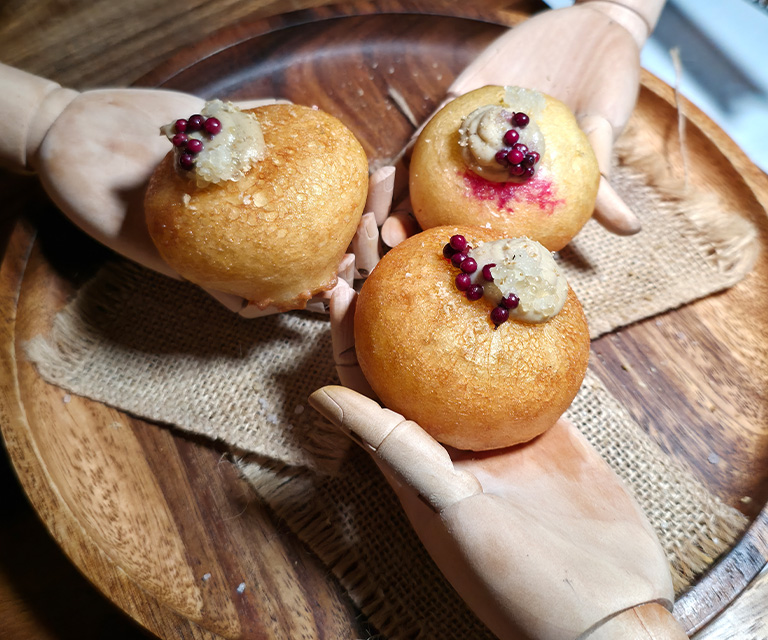
A Dinner Like a Journey
The first bite
A golden adlai doughnut topped with house-cured bottarga and inyam jam—hinted at the story to come. Playful yet precise, it showed what Kaos does best: turning local abundance into something new.
The next course draped wagyu carpaccio over a bone filled with marrow emulsified with calamansi. Rustic bread, leavened with bubod and charred unevenly over fire, came beside it with smoked butter. Refined but unpretentious, it proved fine dining can still feel like home.
Then came a broth of mantis shrimp and crab, sharpened with bubod miso, poured over adlai noodles and cured yolk. The chefs admitted the noodles weren’t perfect. That honesty felt essential: Kaos doesn’t just serve polish, it serves process.
The main course, a 5-day aged talakitok, arrived glistening, its scales left on and flash-fried into a brittle crisp that cracked like glass. It rested on a sauce made from pork collagen, slow-cooked until silky and finished with tapuy rice wine, giving it a savory depth with a subtle sweetness. More than a clever pairing, it felt like a meditation on balance—sea and land, restraint and richness, tradition and reinvention.
Memory and Ritual
Dessert carried the evening home. An adlai con leche, like a blonde champorado, came with butterscotch crisp, aratiles, and a dash of cinnamon. It felt both Filipino and not Filipino, marrying memory and possibility in every spoonful.
The night ended with a warm infusion of toasted adlai, guyabano and inyam leaves. Beside it, a chewy adlai mochi filled with ube jalea. It was a quiet close that steeped the island’s soil, sea, and people into a single sip.
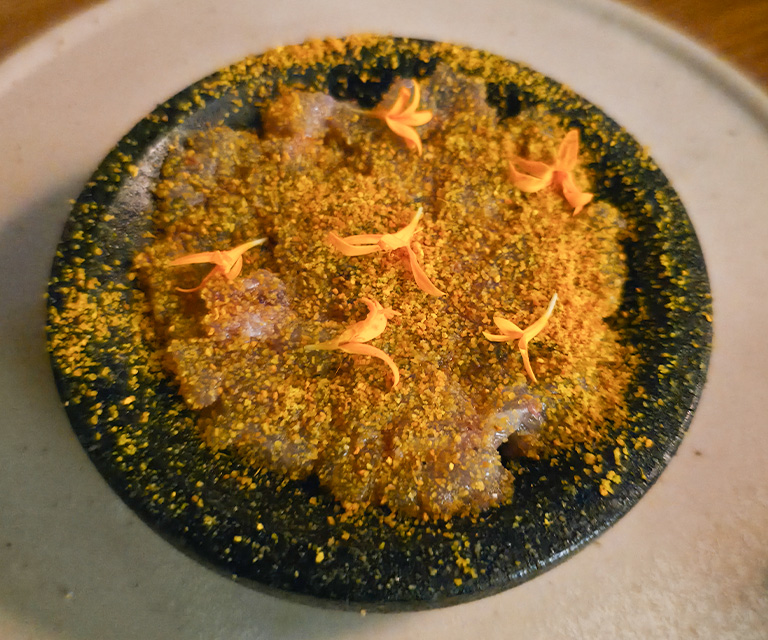
What Roots Offers
Roots doesn’t claim to represent all of Siargao’s food. Across the island, kinilaw vendors, resorts, and family kitchens carry their own legacies. Roots offers a lens—turning overlooked crops into starting points for change.
“For us, research is fundamental,” said sustainability strategist Ricardo de Sousa. “Food cannot stay in its own bubble. It has to engage with environment, culture, and society.”
The impact isn’t only on ingredients. Local chefs working alongside Casa Kaos have found new opportunities without leaving home. “I used to think you had to go to Manila or abroad to grow in this industry,” one young cook said. “Now I learn every day, but I can still come home to my family.”
By working in Siargao, Roots links Filipino crops with global conversations on biodiversity—placing adlai, inyam, and bubod alongside quinoa, millet, and huacatay, the black mint of the Andes.
“Once, the island’s waves told its story. Now, its kitchens are finding a voice of their own—still young, but growing stronger each season.”
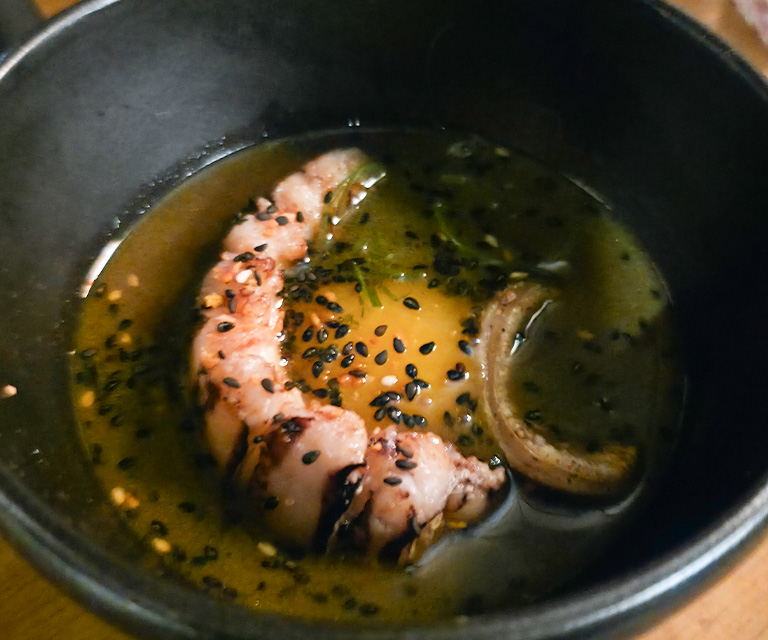
A Different Depth for Siargao
As the Siargao Food and Wine Festival closed and the lights at Roots dimmed, one truth lingered: if surfing gave Siargao its fame, food could give it depth.
Travelers may come for waves and sunsets, but at Roots they find something else—an island speaking through its soil, sea, and storm-tested crops. Its voice is still young, but growing stronger with each season.
Roots Siargao
General Luna, Siargao Island, Surigao del Norte, Philippines
instagram.com/roots.siargao
Roots is open for dinner by reservation only. For bookings and inquiries, contact via Instagram DM or email.
Experience Siargao beyond the waves—read more:
Fresh Life, Fresh Flavors at CEV Siargao
Island Hopping in Siargao: A Day in Tropical Paradise
Chef Andrew Malarkey: From Boracay’s Dos Mestizos to Shaping Siargao’s Food Future


